| Structure | Name/CAS No. | Articles |
|---|---|---|
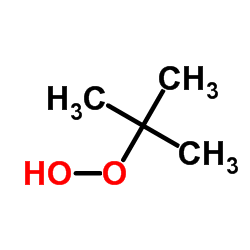 |
tert-Butyl Hydroperoxide
CAS:75-91-2 |
|
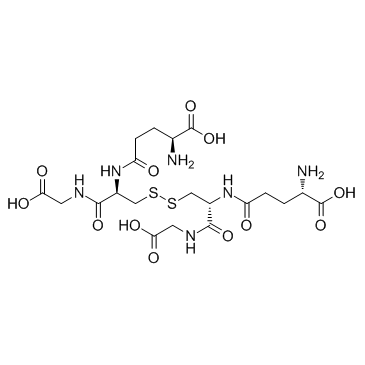 |
L(-)-Glutathione
CAS:27025-41-8 |
|
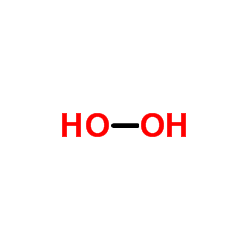 |
Hydrogen peroxide
CAS:7722-84-1 |
|
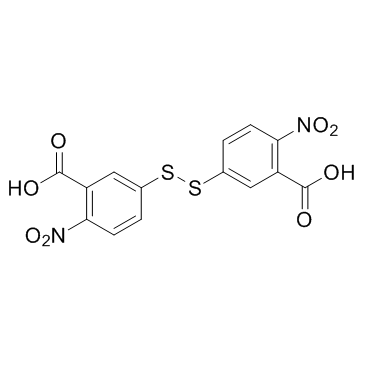 |
DTNB
CAS:69-78-3 |
|
 |
6-Aminopurine phosphate
CAS:70700-30-0 |
|
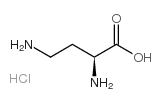 |
H-Dab.HCl
CAS:1482-98-0 |
|
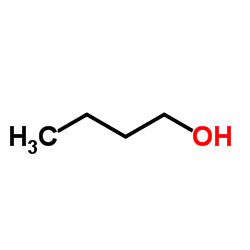 |
Butanol
CAS:71-36-3 |
|
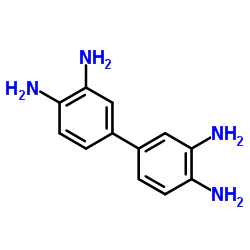 |
3,3'-diaminobenzidine
CAS:91-95-2 |
|
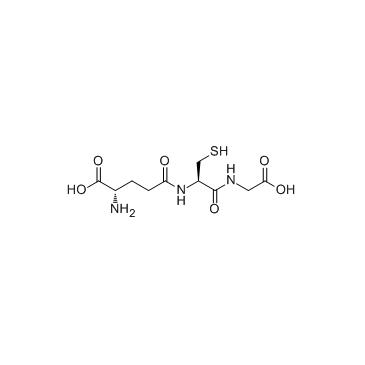 |
Glutathione
CAS:70-18-8 |
|
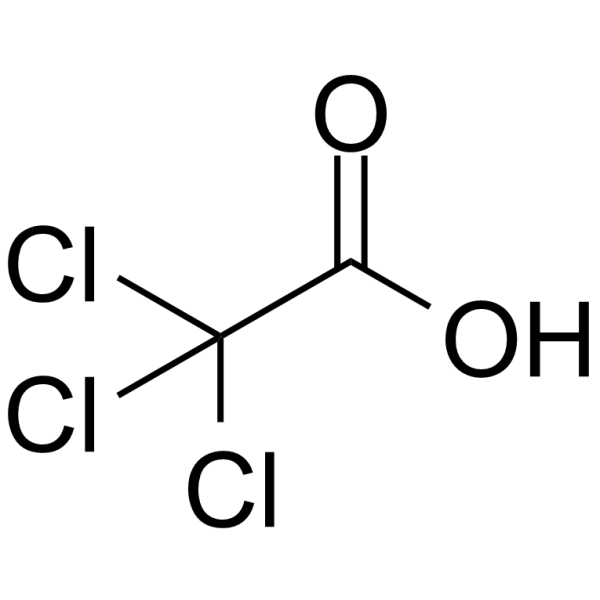 |
Trichloroacetic acid
CAS:76-03-9 |